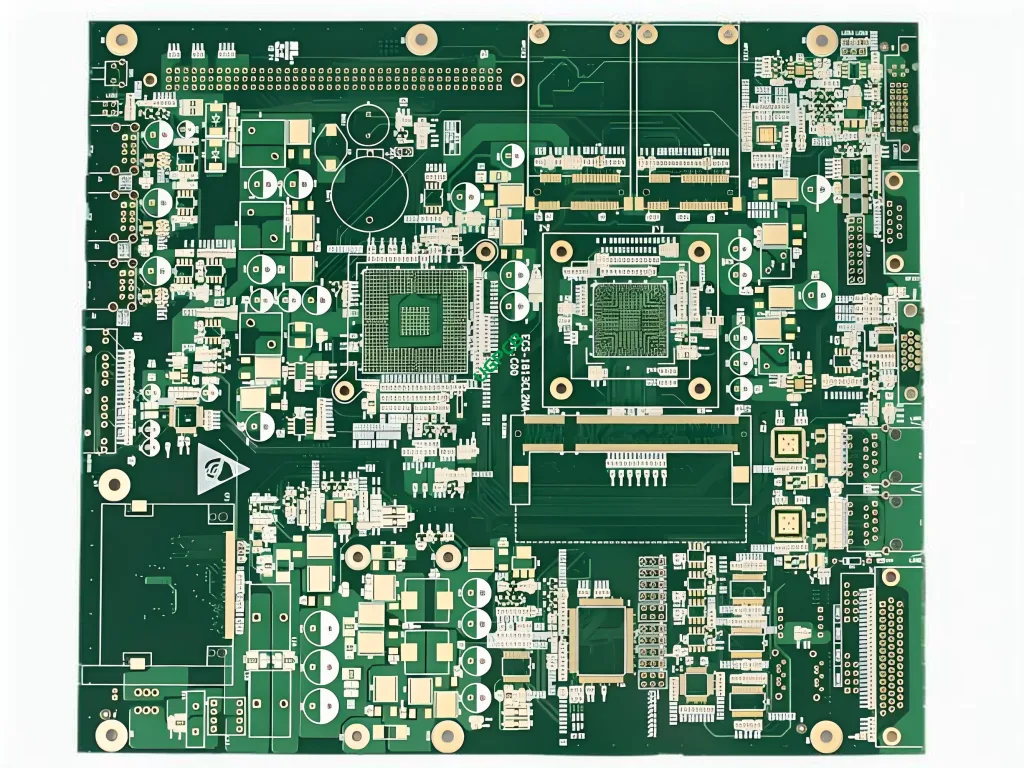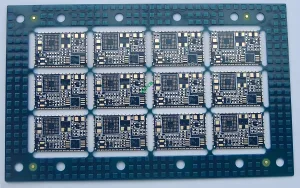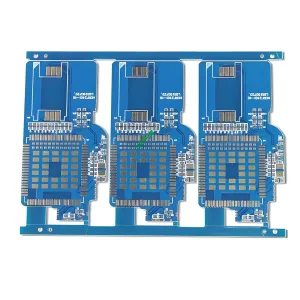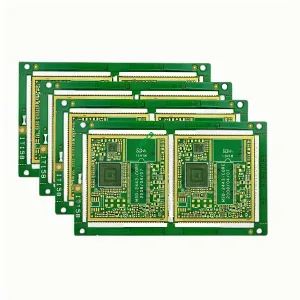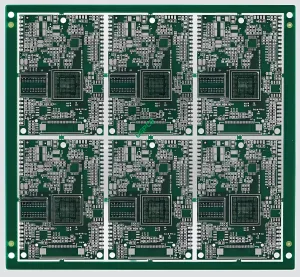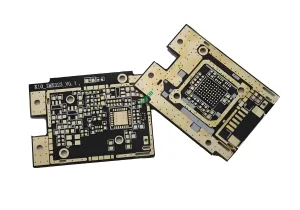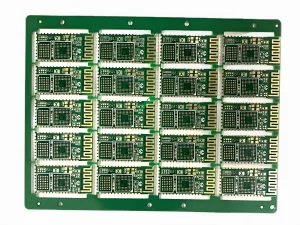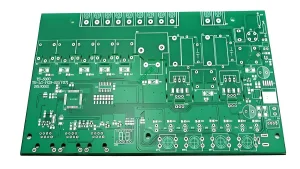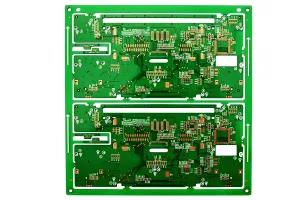Introduction to the Industrial Controller PCB
The Industrial Controller PCB is a robust and reliable printed circuit board designed specifically for industrial control systems. It ensures stable and efficient operation in demanding environments, making it essential for various industrial applications.
What is an Industrial Controller PCB?
An Industrial Controller PCB, ou carte de circuit imprimé, is a specialized electronic board used in industrial control systems. It houses various components and provides the necessary interconnections to ensure the proper functioning of industrial machinery and processes.
Exigences de conception
The design requirements for an Industrial Controller PCB are critical to ensure its reliability and performance:
- Matériel: EM-82, chosen for its durability and excellent electrical properties.
- Nombre de couches: 4 layers to accommodate complex circuit designs.
- Couleur: Black/White for easy identification and aesthetic appeal.
- Épaisseur finie: 1.6mm to provide structural integrity without being overly bulky.
- Épaisseur du cuivre: 1OZ to ensure adequate conductivity.
- Traitement de surface: Immersion Gold to enhance solderability and corrosion resistance.
- Minimum Trace and Space: Both 6mil (0.15mm) to support fine circuit patterns.
- Caractéristiques: Hole copper is larger than 25um for better electrical connectivity.
Comment ça marche?
The Industrial Controller PCB works by providing a platform for various electronic components to be interconnected through conductive pathways. These pathways, or traces, are made of copper and are etched onto the board. The immersion gold surface treatment ensures that these traces remain conductive and resistant to environmental factors.
Applications
The primary application of the Industrial Controller PCB is in industrial control systems where it manages and regulates the operations of machinery and processes. This includes:
- Automated manufacturing systems
- Industrial robotics
- Process control systems
- Machine tool controllers
Classification
Based on its features and applications, the Industrial Controller PCB can be classified as a high-reliability PCB designed for industrial use. This classification highlights its capability to withstand harsh industrial environments.
Composition des matériaux
The core material used in the Industrial Controller PCB is EM-82, a high-performance laminate material known for its excellent mechanical, thermique, et propriétés électriques. This material ensures that the PCB can withstand the demands of industrial applications.
Caractéristiques de performance
The performance characteristics of the Industrial Controller PCB include:
- Haute fiabilité
- Excellent signal integrity
- Superior thermal management
- Robust mechanical strength
- Long-term stability
Structural Details
The structural details of the Industrial Controller PCB are as follows:
- Nombre de couches: 4 couches
- Épaisseur finie: 1.6mm
- Épaisseur du cuivre: 1once
- Minimum Trace Width: 6mil (0.15mm)
- Minimum Space Between Traces: 6mil (0.15mm)
- Traitement de surface: Immersion Or
- Hole Copper Thickness: Larger than 25um
Features and Benefits
The key features and benefits of the Industrial Controller PCB include:
- High density interconnectivity
- Excellent signal integrity
- Robust mechanical construction
- Reliable long-term performance
- Aesthetic color options (Black/White)
Processus de production
The production process of the Industrial Controller PCB involves several steps, y compris:
- Sélection des matériaux: Choosing high-quality EM-82 material.
- Empilement de calques: Arranging the 4 layers with precision.
- Gravure: Removing excess copper to form the desired trace patterns.
- Placage: Applying immersion gold surface treatment.
- Assemblée: Incorporating PTHs and vias for layer interconnections.
- Essai: Ensuring the PCB meets all performance specifications.
Cas d'utilisation
The Industrial Controller PCB is used in various scenarios, tel que:
- Automated manufacturing lines
- Industrial robot control systems
- Process control equipment
- Machine tool automation
En résumé, the Industrial Controller PCB is a sophisticated and reliable component designed to meet the demanding requirements of industrial control systems. Its high-density design, excellent performance characteristics, and robust construction make it an essential part of any advanced industrial setup.
 LOGO UGPCB
LOGO UGPCB

